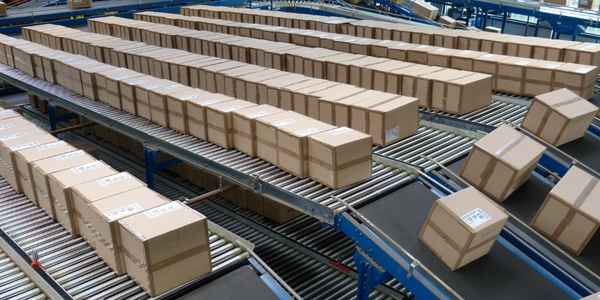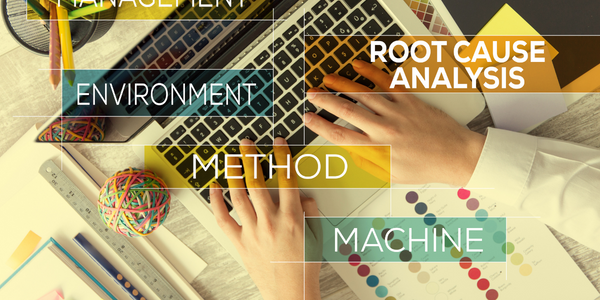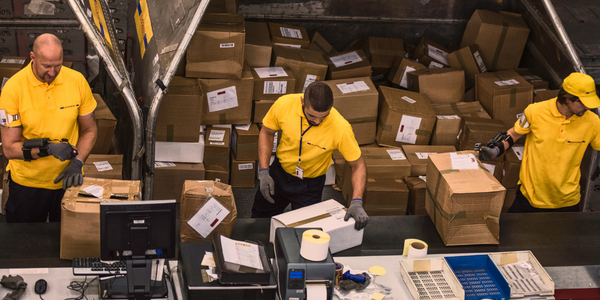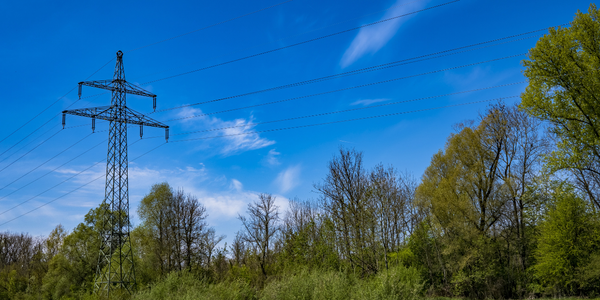Customer Company Size
Large Corporate
Country
- United States
Product
- Google Analytics Premium
- Data-Driven Attribution
- Model Comparison Tool
Tech Stack
- Google Analytics
- Adwords
Implementation Scale
- Enterprise-wide Deployment
Impact Metrics
- Revenue Growth
- Customer Satisfaction
Technology Category
- Analytics & Modeling - Real Time Analytics
Applicable Functions
- Sales & Marketing
Use Cases
- Predictive Quality Analytics
- Demand Planning & Forecasting
Services
- Data Science Services
About The Customer
HomeAway, Inc. is an online vacation rental marketplace that connects homeowners and property managers who advertise their properties available for rent to travelers. HomeAway is the world’s leading online marketplace of vacation rentals, with sites representing over 775,000 paid listings of vacation rental homes in 171 countries. Their business model is to provide a marketplace for homeowners and property managers to rent to individuals for the purpose of vacation renting. To strengthen the footprint of their demand side, HomeAway works to fine-tune their marketing strategies to drive site visits that convert to inquiries on the HomeAway website, the first step in the process of renting a property on the HomeAway marketplace.
The Challenge
HomeAway, an online vacation rental marketplace, wanted to better understand the impact of paid search (both generic and brand) and display on conversion likelihood. Their goal was to drive site visits that convert to inquiries on the properties listed on their website. However, traditional Last Click models did not provide the full picture of the customer journey and the impact of different marketing channels. Therefore, they needed a more comprehensive approach to attribution modeling, which assigns credit to different consumer interactions that take place prior to a sale or lead.
The Solution
HomeAway collaborated with Google to implement the evidence-based approach of Data-Driven Attribution in Google Analytics Premium. This approach accurately credits campaign interactions, providing a more complete understanding of the customer journey. Using the Model Comparison Tool report in Google Analytics, HomeAway identified a set of keywords that drove more inquiring visits. They then increased the spend on these keywords and used Google Analytics to evaluate the impact. The test budget of USD 6,000 helped drive 23% more attributed conversions by the selected keywords, allowing HomeAway to progress further on the yield curve towards optimal spend effectiveness.
Operational Impact
Quantitative Benefit

Case Study missing?
Start adding your own!
Register with your work email and create a new case study profile for your business.
Related Case Studies.

Case Study
IoT Data Analytics Case Study - Packaging Films Manufacturer
The company manufactures packaging films on made to order or configure to order basis. Every order has a different set of requirements from the product characteristics perspective and hence requires machine’s settings to be adjusted accordingly. If the film quality does not meet the required standards, the degraded quality impacts customer delivery causes customer dissatisfaction and results in lower margins. The biggest challenge was to identify the real root cause and devise a remedy for that.
Case Study
Pepsico's Transformation to Smarter Sales Forecasting with Designer Cloud
PepsiCo, a global consumer packaged goods company, faced a significant challenge in calibrating sales forecasting to supply the right product quantities to its retailers. The sales forecast incorporated a variety of data, including warehouse data, store stock data, and promotional forecast data, all of which were provided by retailers in different file formats and delivered using various methods. The primary challenge was the speed of preparing a sales forecast. With the existing Microsoft Access and Excel-based processes, the time required to prepare this data was so extensive that analysts could only leverage it once a month or not at all. This inefficiency risked under or oversupplying retailers, potentially impacting PepsiCo's business operations and customer relationships.

Case Study
Prevent Process Inefficiencies with Automated Root Cause Analysis
Manufacturers mostly rely on on-site expert knowledge for root cause analysis. When the defective product is sent to lab for analysis, it is laborious and always a post-mortem one. Manufacturers that collect data from IT and OT also need a comprehensive understanding of a variety of professionals to make sense of it. This is not only time consuming, but also inefficiencient.

Case Study
Digitization of Pharmaceutical Packaging Machines: A Case Study of CVC Technologies
CVC Technologies, a leading manufacturer of pharmaceutical packaging machines, was seeking an end-to-end IoT solution to fully digitize their pharmaceutical liquid filling and capping machines. The company aimed to enhance the safety of their equipment, introduce digital maintenance capabilities, and gain visibility into machine status from anywhere at any time. The challenge was to find a solution that could provide real-time visibility into the machine's status, deliver direct cloud connectivity and digital services, and simplify all aspects of the machine's lifecycle, from engineering to maintenance.

Case Study
Gexa Energy and AutoGrid's Innovative Demand Response Programs in ERCOT
Gexa Energy, a leading retail electricity provider in Texas, was seeking to introduce new demand response programs for its commercial and industrial customers in the Electric Reliability Council of Texas (ERCOT) market. The challenge was to provide a platform that would allow these customers to lower their energy bills by adjusting their energy consumption during peak energy demand or high wholesale electricity prices. The solution needed to be intelligent, scalable, and offer both manual and automated options for adjusting energy consumption. The demand response programs needed to include Emergency Response Service (ERS), Real-Time Price Response (RTPR), and 4 Coincident Peak (4CP).

Case Study
CleanTelligent Enhances Janitorial Software Solutions with Infor Birst
CleanTelligent Software, a company that aids in-house and contracted janitorial teams in streamlining communication and improving quality control, faced a significant challenge. Their clients were demanding a more dynamic way to present reporting data. The company's software was primarily used to analyze and summarize a custodial team's performance, replacing a highly manual, paper-driven process. However, the initial differences between service providers in the janitorial industry are often unclear, and the cost of switching is comparatively low. This situation led to high client turnover, with a janitorial company's customer lifetime averaging four years or less. CleanTelligent needed to improve the customer experience with dynamic dashboards and reporting, retain customers through predictive analysis, capitalize on advanced analytics capabilities to build market differentiation, and improve client retention rates.







